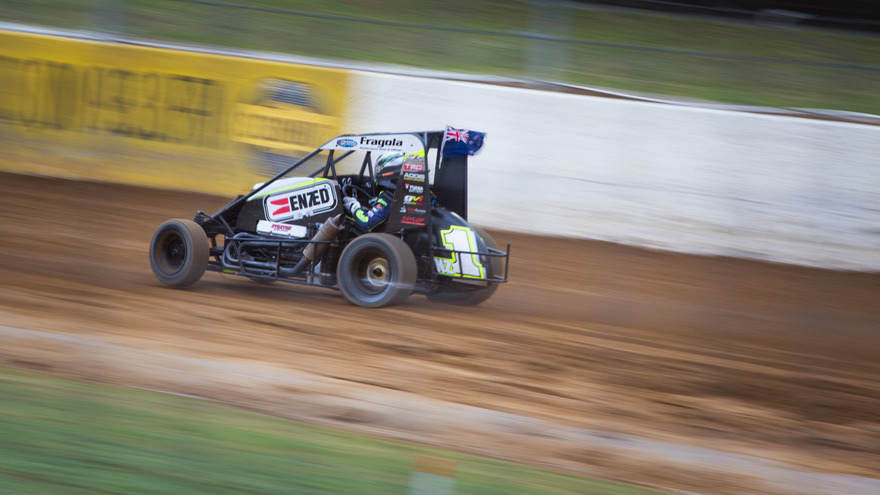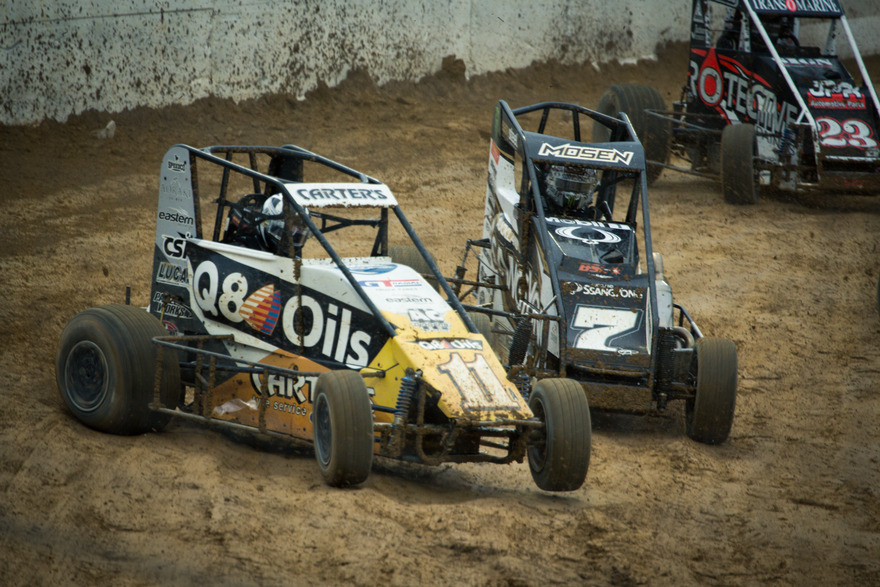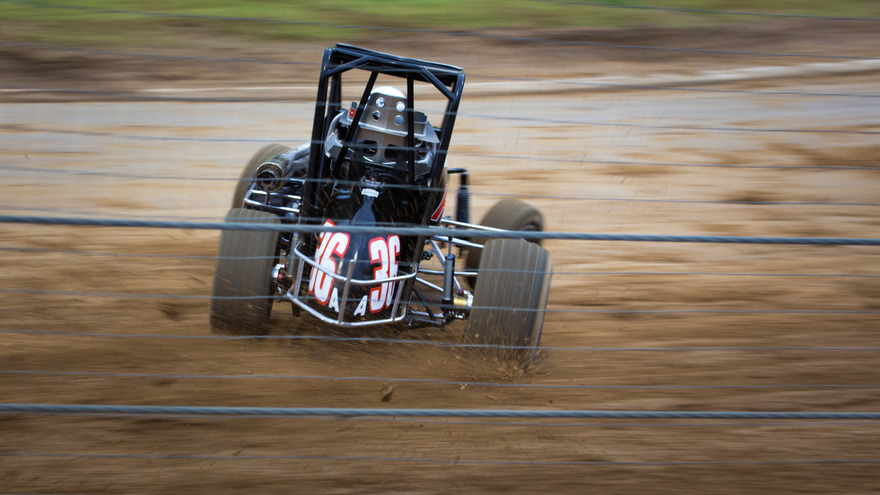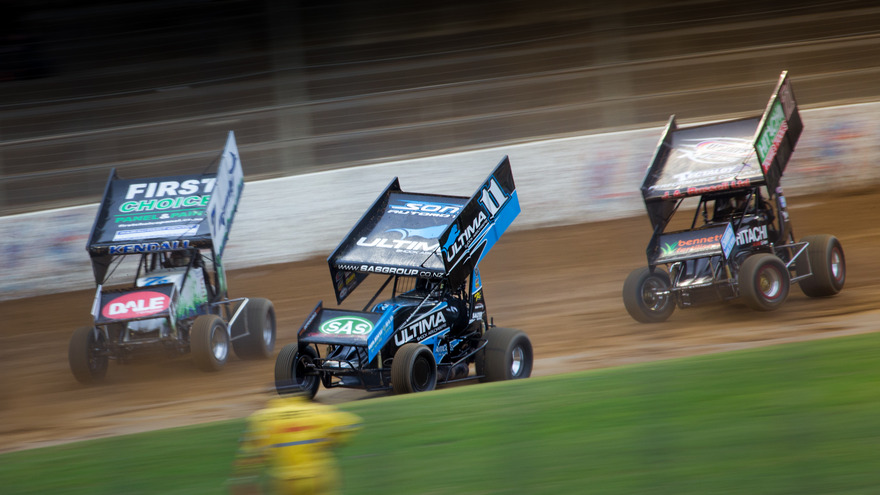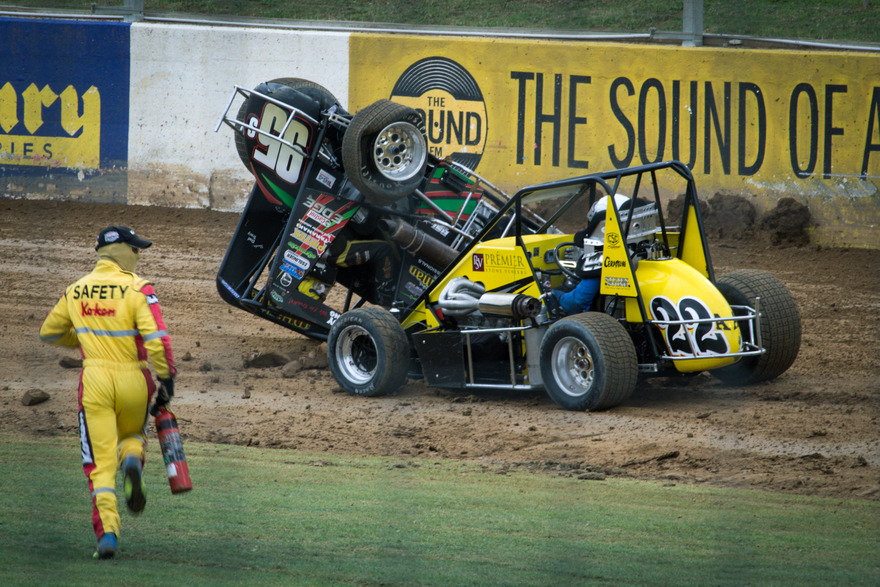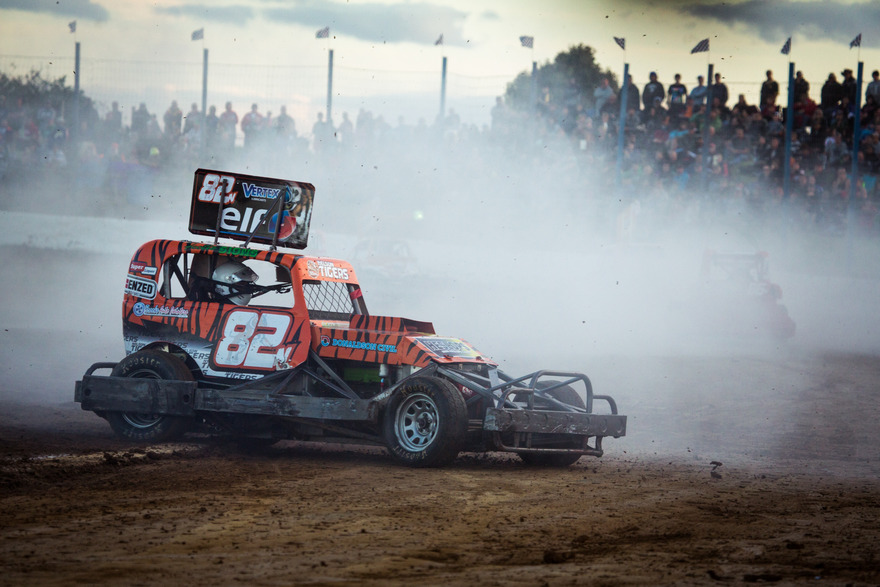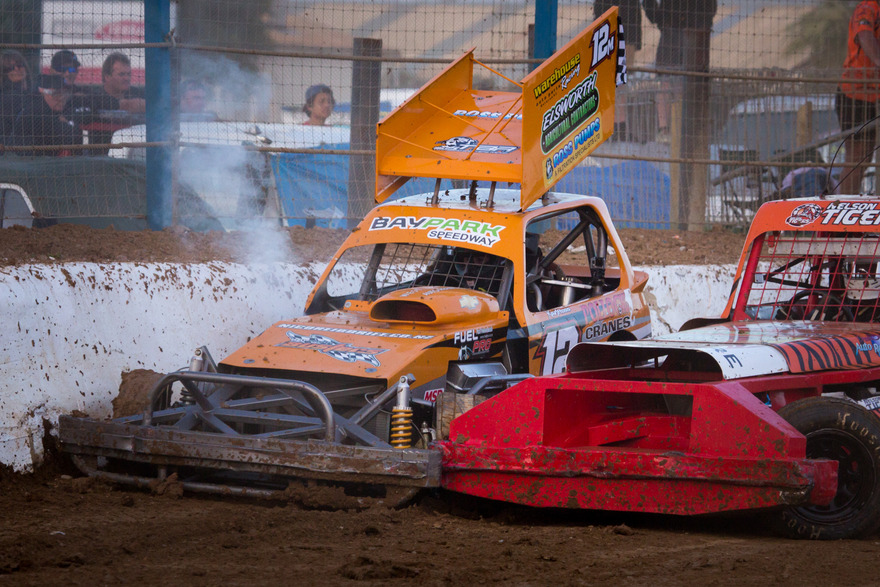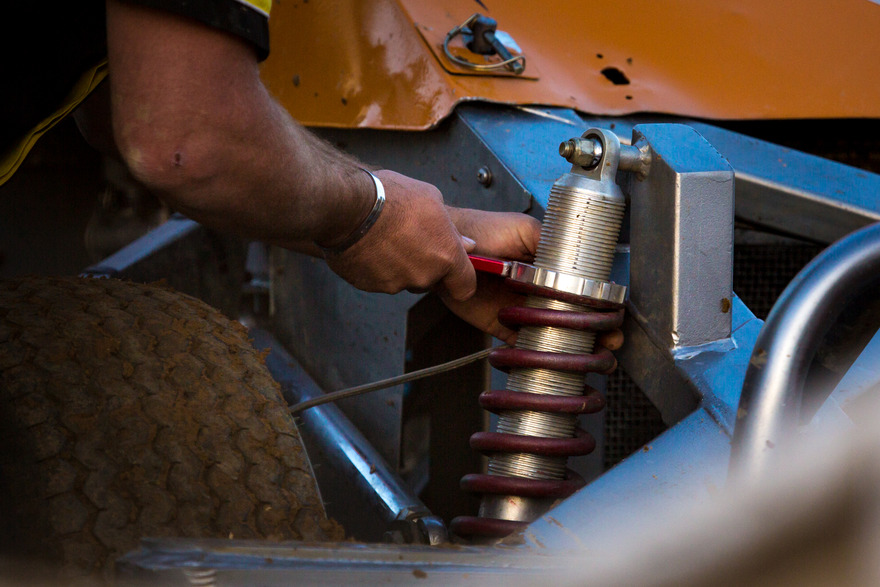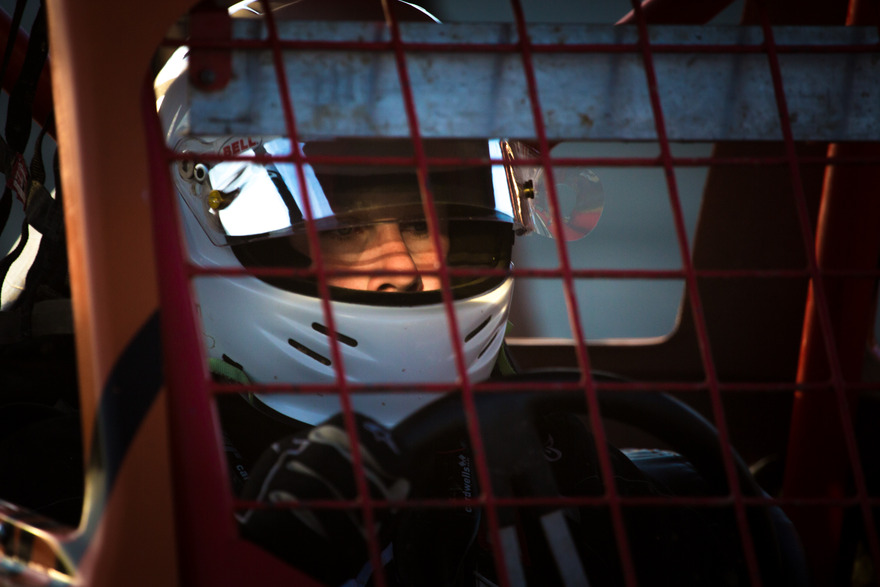What is the most spectacular motor sport in the Southern Hemisphere? You’d be surprised to know. No, it’s not drifting. And it’s not even the Formula 1, although people from the entire Southern Hemisphere, including the Republic of Tonga and Papua New Guinea, seem to gather during the annual Grand Prix held in Melbourne. The most spectacular motor sport is the Speedway. For the Russian audience the word ‘speedway’ is associated with motor races held on the icy surface of a circular track. But we are talking about New Zealand now. And it’s all a bit different here.
From the first row
One would think, what makes thousands of people head well in advance, forming long queues, towards the muddy circuit? One hour before the event the entire parking space and the nearby area are filled with cars of the audience. They park everywhere, almost on each other’s bonnets. They take out warm blankets, camp chairs, big boxes with food and beverages, gather their families and rush to find the most convenient places. The choice is made not in terms of the best view, although it’s not a minor factor, but what is important is not to get a piece of dirt in your face. When I was going to find out what dirt track racing is all about for the first time, I asked my local friends about the rules for the audience. And you know what they told me? Don’t stand in places where no one stands. Take sunglasses and don’t wear white clothes. Later on I was so grateful for this valuable advice.
Just imagine: around ten machines slightly resembling cars, consisting of a roll bar and huge spoilers, resting on wide wheels of different size, send their 500 or even 800 hp skidding in the dirt. You stand near the turn behind the strong metal netting fenced off with concrete barriers. Then suddenly one of those flying shells hits the wall right in front of you. And it’s not just hitting the wall, it’s being forced there by its so-called flow neighbours. And it’s all accompanied with sparks and roar. For one second you can see its smooth bottom plate as the ‘shell’ has already reached the level of the netting leaping over the concrete barrier. And by the end of this short but very spectacular performance you are all covered with dirt head to toe. You gasp for air, unstick your eyes and right in front of you there stands the track marshal all covered in dirt too. Outcrying the engine roar you shout to him: “Is it normal? What has just happened here? Did you see that? Is it normal?” And he laughs like a madman and shouts in reply: “Of course! It’s speedway!”
Classes
Once you’ve seen it, you want to visit the speedway over and over again. You want to come closer to its culture and understand how it works. Motor speedway is divided into two big classes — open-wheelers and closed-wheelers.
Open-wheelers
It all starts with the Kiwi Kids class here. This class welcomes kids from the age of 8 to 16 years old. They are driving Midgets equipped with a roll bar and weighing 160 kg. The cars are fitted with 200cc single cylinder Honda motorcycle engines.
TQ Midgets. It’s only one step below the following more powerful classes of open-wheelers. The majority of drivers from top classes came from the TQ. Three quarter midgets are fitted with motorcycle engines delivering around 200 hp. Only front-engine layout is permitted. A car like that has the price tag of 25,000 New Zealand dollars.
Midgets. This one is a serious class with the budget ranging from 50 to 75 thousand NZD. These vehicles are equipped with 4-cylinder engines borrowed mainly from the Japanese cars and upgraded to reach the power of 350 hp.
Sprintcars top the open-wheelers’ lineup. All of them are imported from the USA. These sprintcars are production vehicles over there and, what is more important, they are fitted with the American V8 engines with a total displacement of 6,770cc which deliver up to 800 hp. It’s both cheaper and safer to bring a car like that from the United States and everyone follows this scheme. The price of a similar car is around 50–70 thousand NZD and, like it usually happens with all other classes, half of the budget is spent during the race season. Sprintcars form the fastest class and one of its representatives is usually the lap record holder.
Closed-wheelers
This class comprises Stock and Superstock subclasses. The major difference from the open-wheelers lies in the fact that contact is permitted here. The cars are equipped with various protecting elements together with the ‘arms’ — heavy metal bars in the front part of the car are used at first opportunity to hit the vulnerable parts of their rivals’ cars. It’s a survival race. As a rule, there are four cars in one team and one can watch a real battlefield on the track which can be compared to a game of chess. Mate is achieved when all of the participants beat the strongest car of their competitors and propel one of its warfare vehicles to the top. And take the word ‘beat’ literally. Sometimes you watch one of the cars speeding along the track and then suddenly it makes a mistake and all its competitors just gang up against it. They don’t take prisoners. It all ends when the car is destroyed. It’s a very cruel sport and contact struggle often ends up with injuries.
Stock class is based on six-cylinder Ford Falcon and Holden Commodore engines. Like in many other New Zealand series, it’s the competition between two local manufacturers.
Superstock is equipped with Infinity Q45 or 1-UZ FE VH41DE engines delivering around 480 hp. The budget of one season spent in Speedway races behind the wheel of a Superstock vehicle is around 250,000 NZD. It’s a rather expensive hobby like any other motor sport.
Before the race all team cars make several familiarisation laps on the track and after that the teams have three minutes to set up the suspension. Usually it is limited to adjusting the pillars. After that we can watch 10–20 laps of pure driving.
How to participate?
In spite of being rather expensive, dirt track racing is very popular in New Zealand. There are nearly 20 speedways all over the country which is really a lot for a rather small territory. Any person can participate in the Speedway if his car complies with the technical regulations, no need for any type of super license. Another variant is to rent a midget which would cost just 250 NZD and believe me it’s worth it. Oh, and almost forgot — you have to come to New Zealand first.



